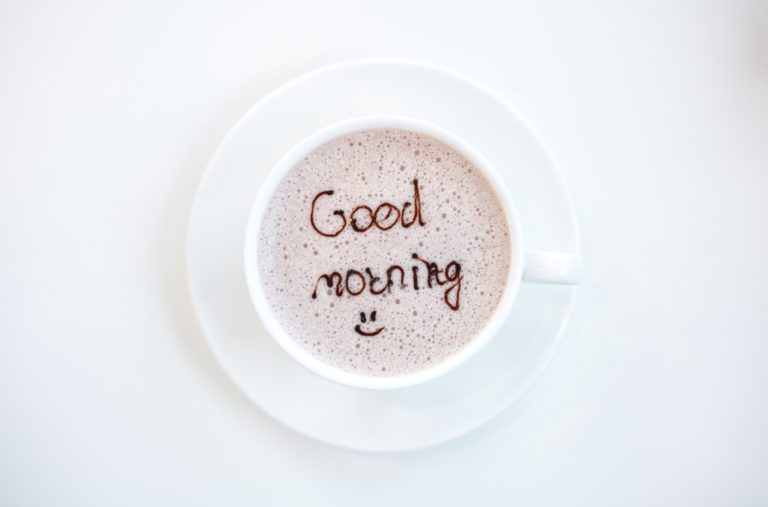Originally published by Lindsey Pollak on January 6, 2020
After a great response to my recent post on saying thanks to employees, I began thinking about small actions that lead to big results. For example, knowing a junior employee’s name can be more impactful on that person’s motivation than a $1,000 bonus.
Then I came across this Harvard Business Review article on tips to cultivate more inclusive meetings. How simple!
I understand that diversity is a complicated topic for American companies. Our country is the most diverse than it has ever been and that comes with unique challenges. Our diversity spans age, race, gender, sexuality, ability, religion and economic backgrounds.
We have a long way to go when it comes to addressing systemic issues of inclusion. But in the meantime, let’s not overlook the simple, everyday actions we can all take to create more inclusive workplaces.
Here are 14 tips for creating a more inclusive workspace (most require fewer than 60 seconds).
- Don’t interrupt during meetings. Research shows that women and other minority employees feel especially uncomfortable sharing opinions in an environment of interruption.
- Accept job applications by mobile phone. This will increase the number of younger applicants.
- Bring coffee and tea to work and personally deliver it to colleagues.
- Provide efficient feedback by writing employee names on note cards and then having the whole team write relevant, positive feedback on each card.
- Send employee questionnaires to all employees (even if you don’t need all the information).
- Use multiple communication channels. Gen Xers might prefer email while Gen Zers probably prefer Instagram or Slack.
- Change exclusive company language. Northeastern University replaced the term “student” with “learner” to combat potentially negative and age-specific stereotypes with the term “student.”
- Create Employee Resource Groups for people with a wide variety of identities, such as women, Black, Asian, Latinx, LGBTQ, people with disabilities, veterans, working parents and Millennial or multigenerational employees.
- Be transparent about your diversity numbers. Even if your company isn’t the most diverse, people from minority backgrounds will likely appreciate an honest answer over an evasive deflection.
- Provide non-alcoholic options for those who don’t drink alcohol at social events (tap water doesn’t count).
- Don’t forget the ages in the middle. Some managers assume age-inclusivity means including one Boomer and one Millennial. But including two extremes still leaves out everyone in between (hello, fellow Gen Xers!).
- If you employ deaf colleagues, hire an interpreter for special events.
- Keep event times varied. Rotate among breakfast events, luncheons and dinner or evening activities to incorporate all scheduling needs.
- Encourage employees to share their work experiences with friends and families on social media.
What inclusive actions would you add to this list? Let me know in the comments!
For more ideas on creating an inclusive workforce, you can check out Chapter 8 in The Remix called “The Mentoring and Networking Remix”
Lindsey Pollak is the leading expert on Millennials and the multigenerational workplace. Her new book, The Remix: How to Lead and Succeed in the Multigenerational Workplace, published by HarperCollins is available now. She is a New York Times bestselling author and her keynote speaking audiences have included Citi, Estee Lauder, GE, JP Morgan, LinkedIn, PwC, Shearman & Sterling, Yale, Harvard and Stanford. She is a graduate of Yale University.



